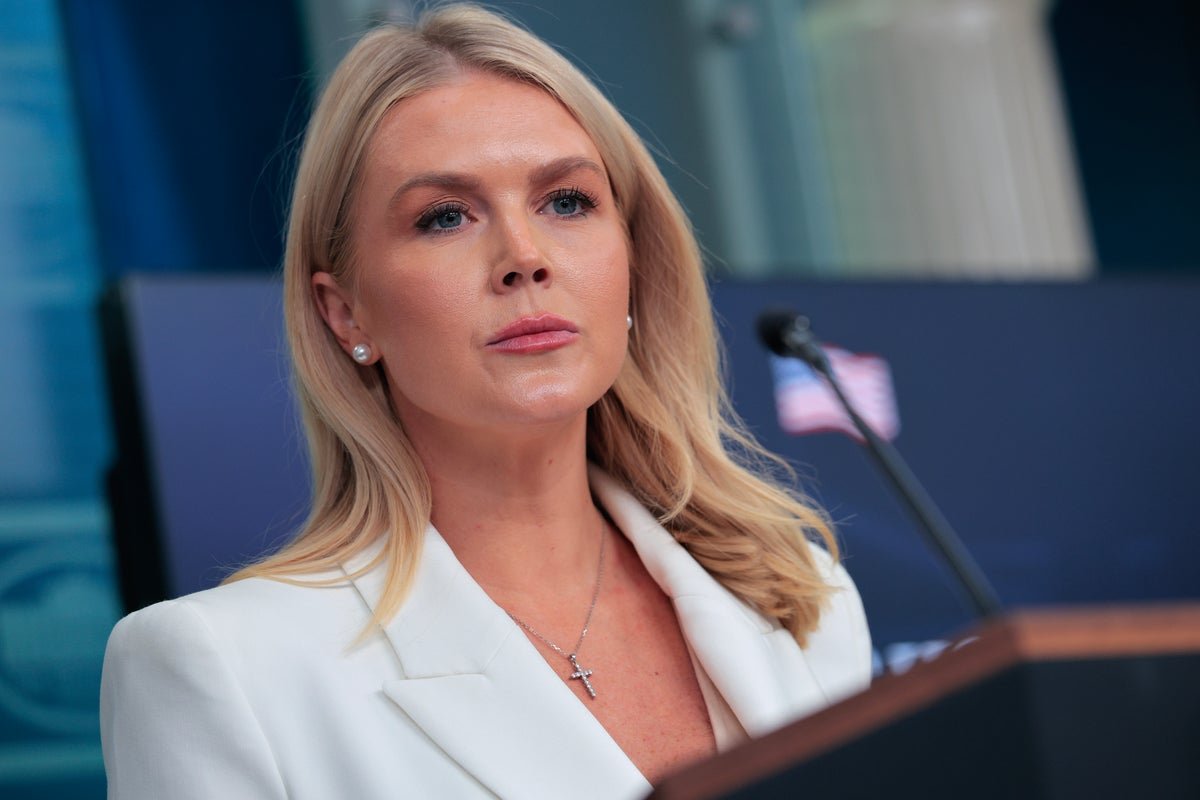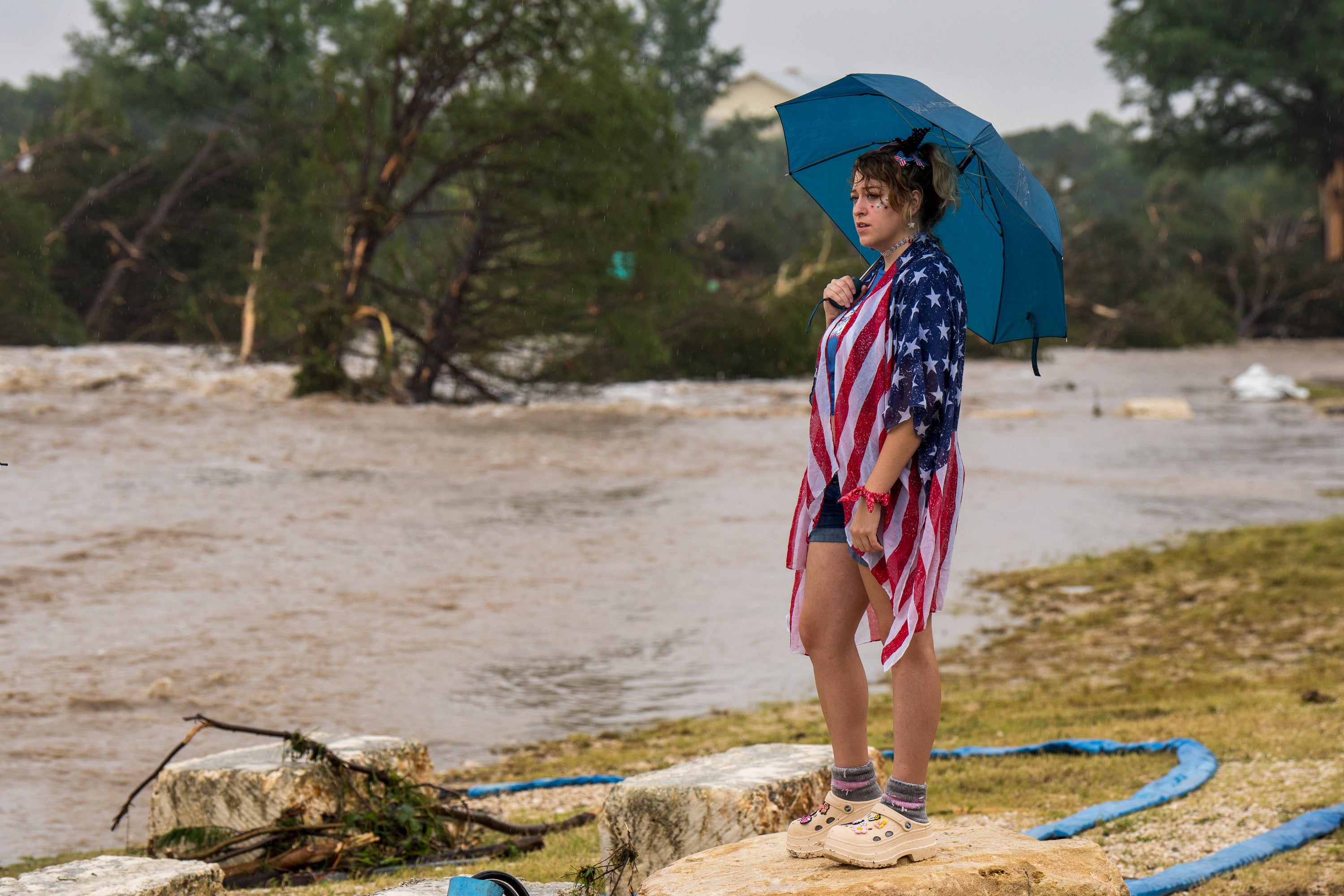US Politics
Elon Musk’s Grok uses climate change stats to explain Karoline Leavitt’s post about Texas floods

Your support helps us to tell the story
From reproductive rights to climate change to Big Tech, The Independent is on the ground when the story is developing. Whether it’s investigating the financials of Elon Musk’s pro-Trump PAC or producing our latest documentary, ‘The A Word’, which shines a light on the American women fighting for reproductive rights, we know how important it is to parse out the facts from the messaging.
At such a critical moment in US history, we need reporters on the ground. Your donation allows us to keep sending journalists to speak to both sides of the story.
The Independent is trusted by Americans across the entire political spectrum. And unlike many other quality news outlets, we choose not to lock Americans out of our reporting and analysis with paywalls. We believe quality journalism should be available to everyone, paid for by those who can afford it.
Your support makes all the difference.
Read more
Grok, Elon Musk’s artificial intelligence bot on X, summarized a post from the White House Press Secretary about the devastating Texas floods, providing information on how global warming increases the likelihood of extreme weather.
On Saturday, Karoline Leavitt re-posted a Truth Social message from President Donald Trump acknowledging the intense flooding that has killed at least 32 people and informing the public that the administration is working with local Texas officials to assist.
When asked to summarize the post, Grok said Trump was referencing the tragic July 4 flooding event in Texas but then provided some background information on how climate change is making flooding worse.
“Climate models from the IPCC and NOAA suggest that ignoring climate change could intensify such flooding events in Texas, as warmer air holds more moisture, with peer-reviewed studies (e.g., Trenberth et al., 2018) indicating a 7% increase in atmospheric water vapor per 1°C warming, potentially exacerbating future disasters,” Grok summarized.
Since January, the Trump administration has drastically rolled back climate regulations, cut research funding, and essentially eliminated climate programs.

open image in gallery
Trump has called climate change a “hoax” and downplayed concerns about severe weather becoming more common and deadly despite science showing otherwise.
The administration has made cuts to the National Weather Service, the government agency responsible for monitoring weather events, and the Federal Emergency Management Agency, the agency tasked with coordinating disaster response and administering recovery efforts.
Both NWS and FEMA play major roles in warning people of inclement weather, coordinating a response, and delivering relief to those in need. Yet, Trump has characterized FEMA as an unnecessary federal resource intervening in state-level issues.
“A governor should be able to handle it, and frankly, if they can’t handle it, the aftermath, then maybe they shouldn’t be governor,” Trump said last month.

open image in gallery
The administration also made cuts to the NWS, which led to the departure of nearly 600 employees – hundreds of whom are critical in monitoring weather and issuing warnings to residents. While the agency is hiring new staff to “stabilize” itself, former NWS directors warned that cutting staff could understaff offices so much so that “there will be a needless loss of life.”
Further cuts to programs that monitor climate and weather patterns, such as the U.S. Global Change Research Program, which produces congressionally mandated reports on how climate change is affecting life, could hinder preparations for extreme weather.
Texas officials said, over the weekend, they were unprepared for the amount of rain that flooded nearby rivers and created lethal flash flooding overnight.
